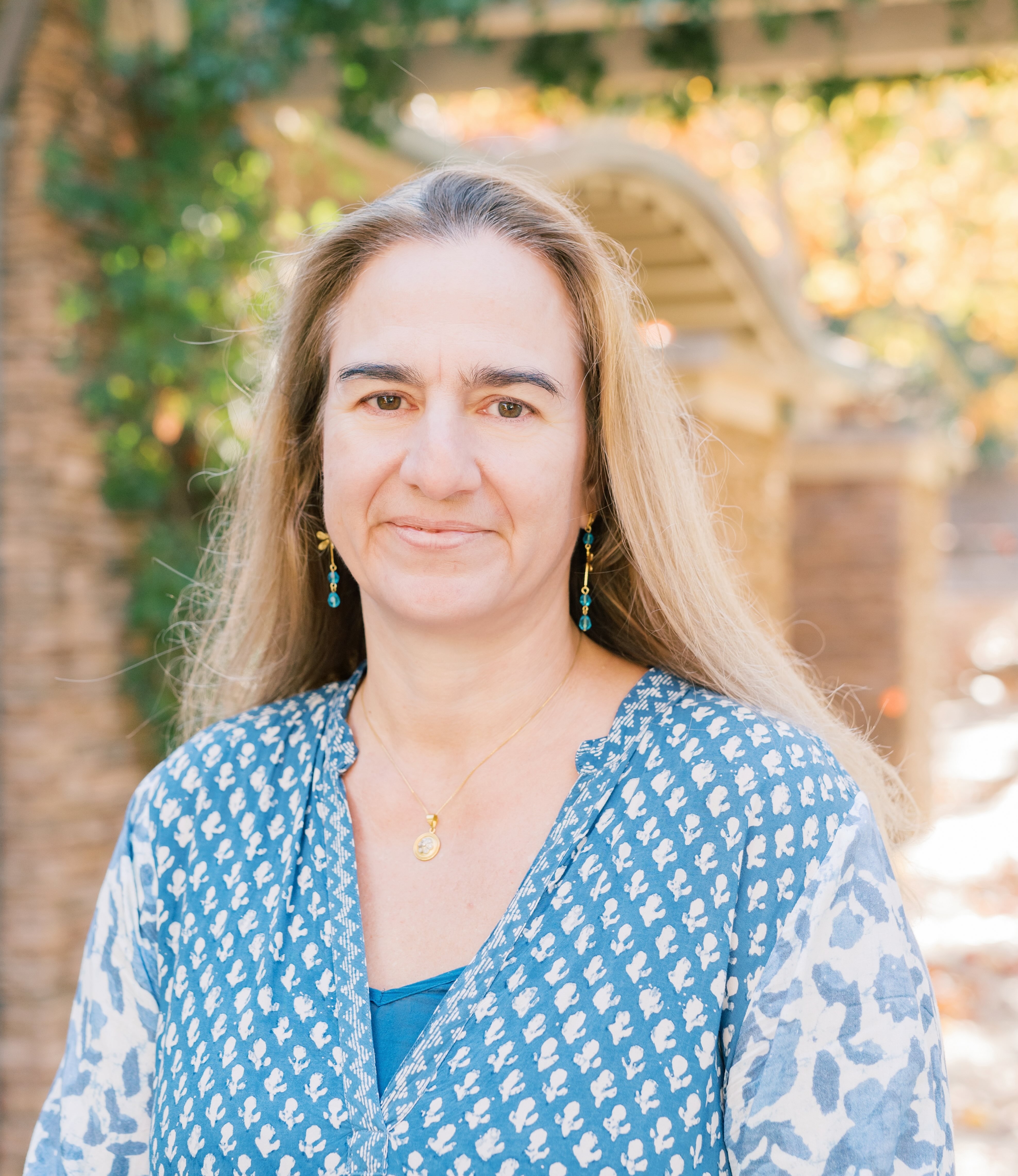Kim A, Tsogka C. Imaging in lossy media. Inverse Problems. 2023;39(5):054002.
Abstract
We study the effects of absorption in the medium on synthetic aperture imaging. We model absorption using the loss tangent, which is the imaginary part of the relative dielectric permittivity, and study two cases: (i) the loss tangent is known and (ii) the loss tangent is unknown. When the loss tangent is known and used in Kirchhoff migration (KM), we find that images of targets are range-shifted by approximately a central wavelength so that their predicted locations are closer to the synthetic aperture than they actually are. In contrast, we find that when the medium is unknown, the KM image does not exhibit this range-shift. Hence, we determine that it is better to not make use of any knowledge of the absorption when imaging. Using a recently developed transformation of KM images, which we call reciprocal-KM (rKM), we achieve tunably high-resolution images of targets through adjusting the value of a user-defined parameter ε. When rKM is applied to an imaging region containing two targets, we find that their predicted locations shift, especially in range, but within a fraction of central wavelength of their true locations.
Last updated on 05/11/2023

